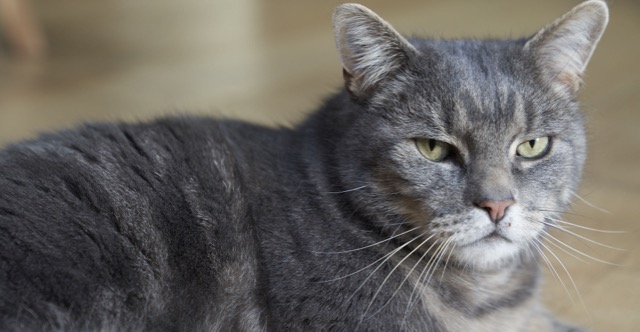Yes, it is what you think in the picture..... more than one father! We, cats, are sensible enough to hedge our bets.
We don't fight over who mates with whom. True, there is a lot of noise and caterwauling and usually the biggest tom cat goes first.... if the female allows. But others have their turn too.
Why is this a good thing? Well who knows what will happen to the kittens? Will they go to a good home and be neutered pets? Or a bad home that doesn't neuter them so they end up as strays? Or will they have to live in the wild and find their own food?
Two fathers means that if the little black kittens don't thrive in the world then purrhaps the little grey one will. Or visa versa. so it is a way of making sure one or more of the kittens will have the right genes to survive.
Humans are sometimes sniffy about our sex lives, but it is the pot calling the kettle black. We only mate when our hormones tell us to. They have sex all the time, any night of the week.
Purrsonally I find that kind of sex drive disgustingly licentious.
- For more information about humans get this book here.







